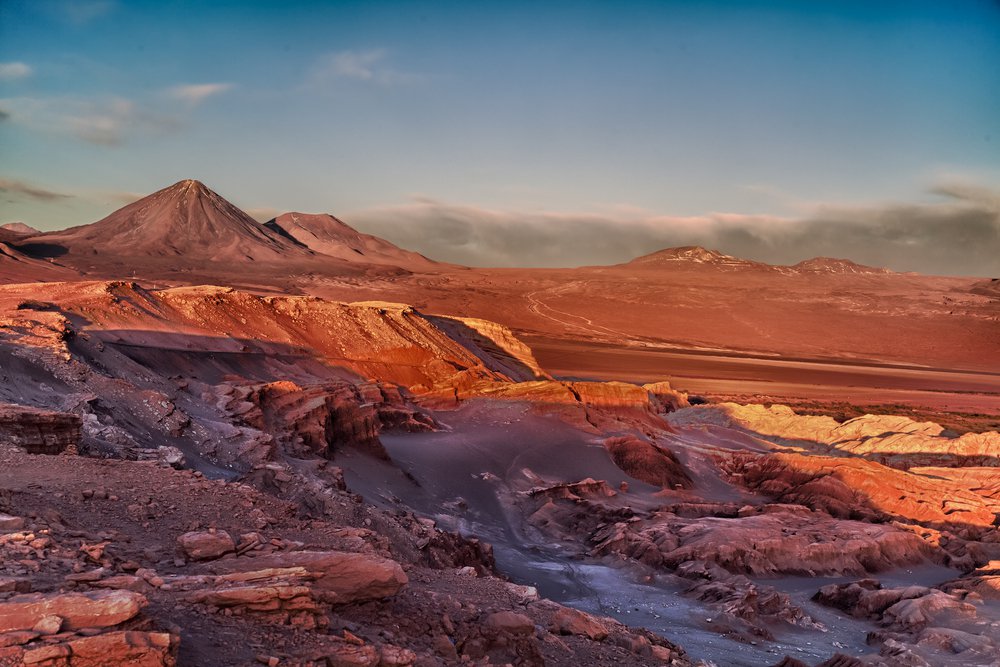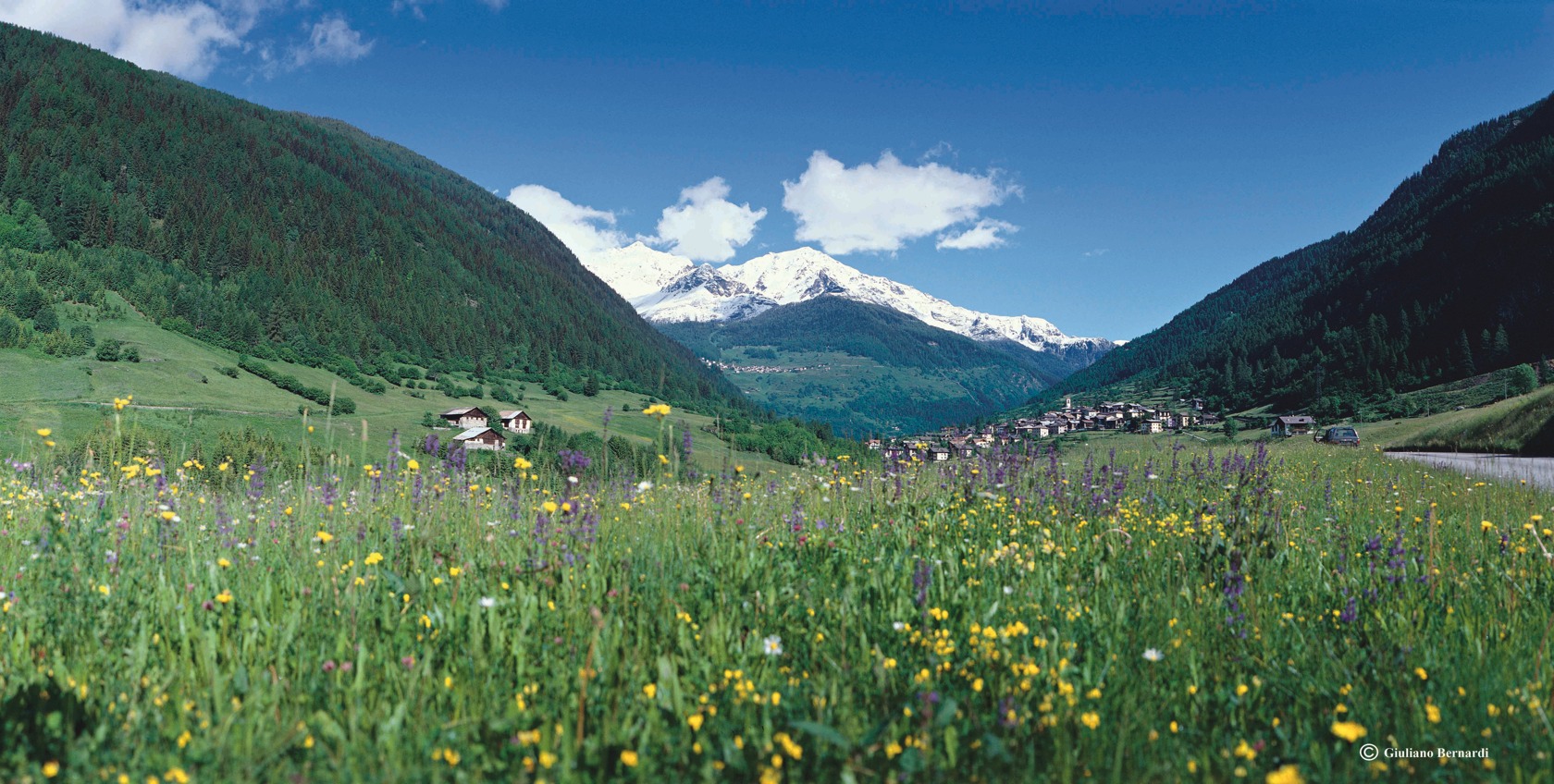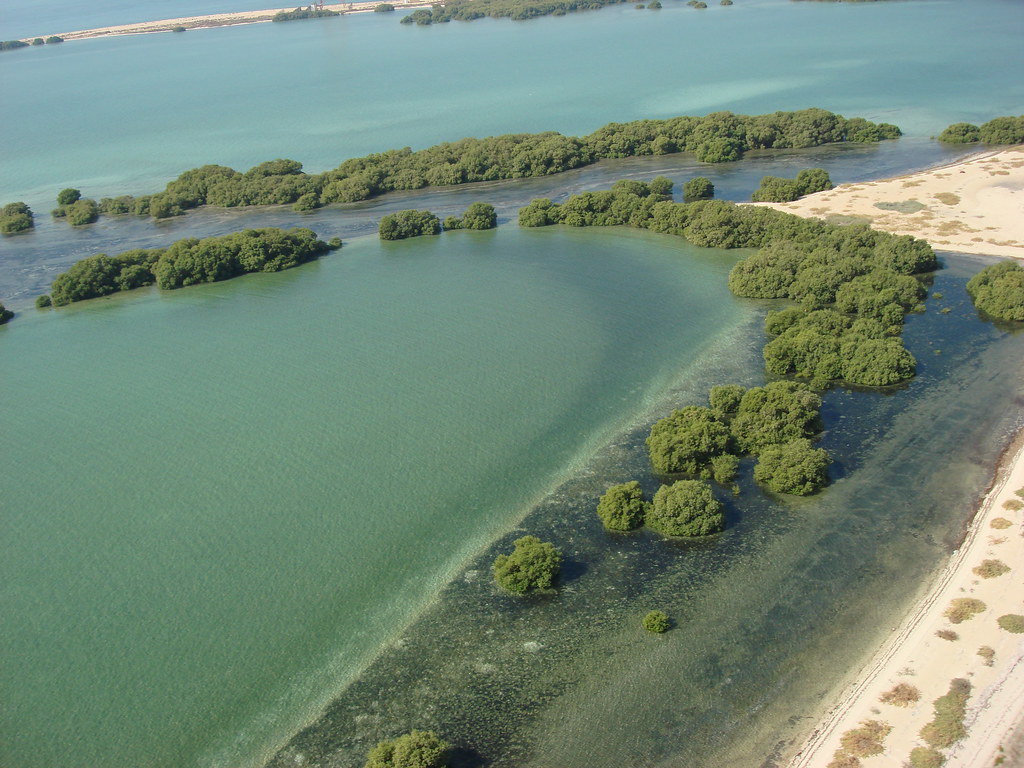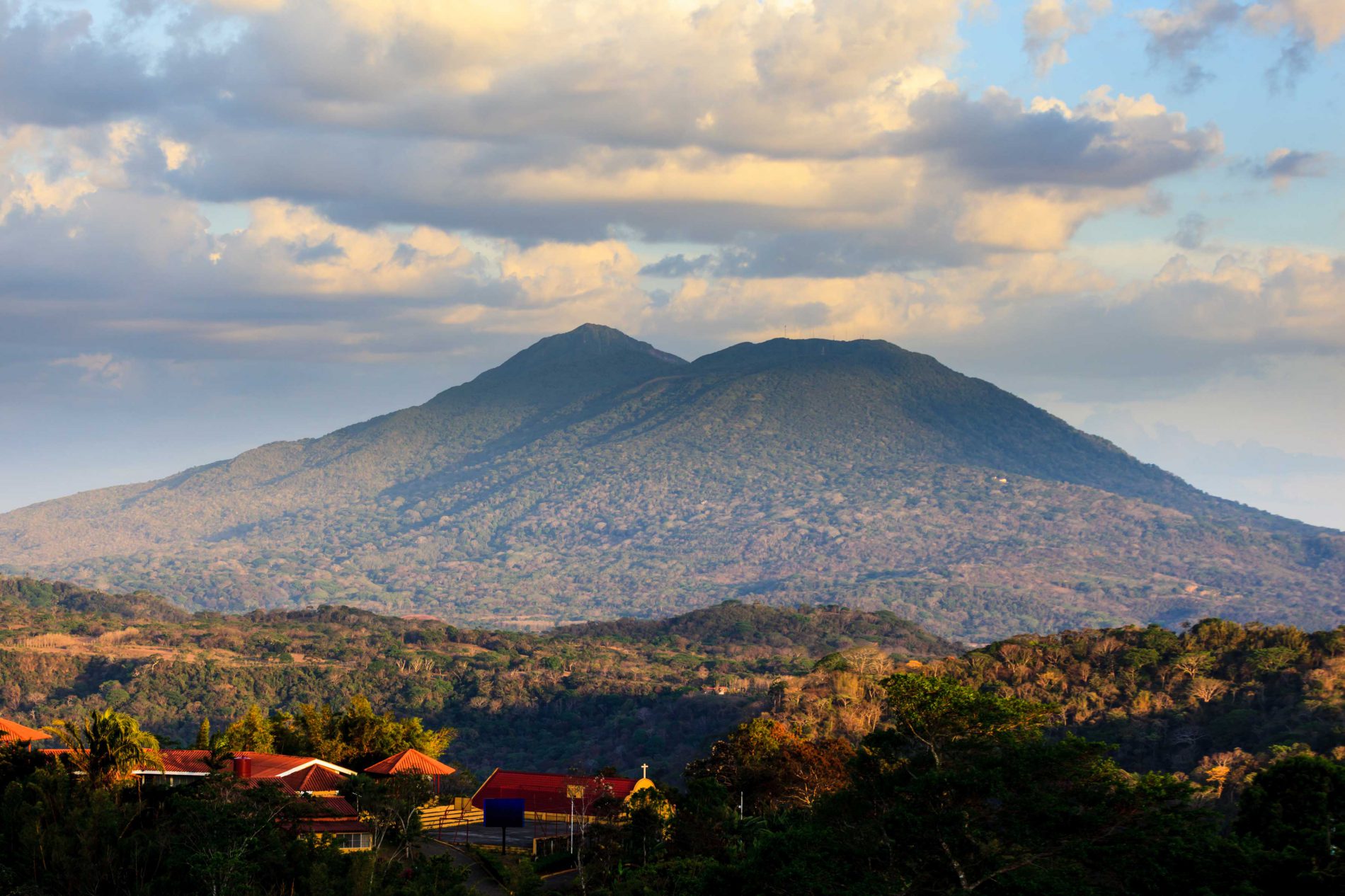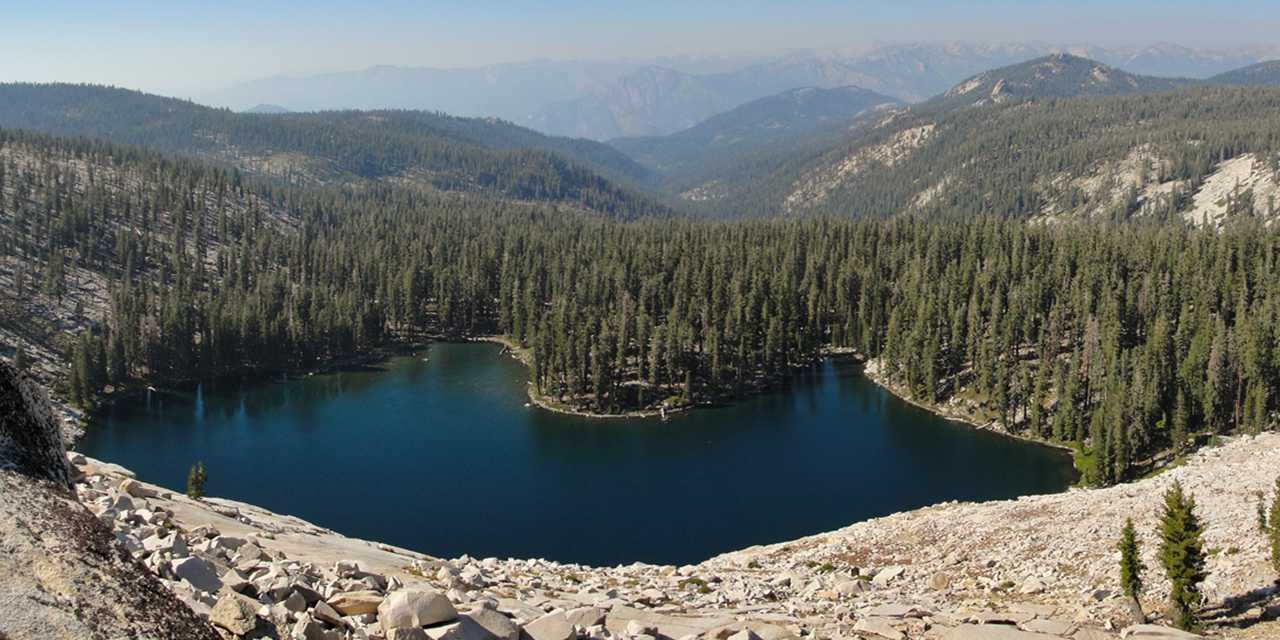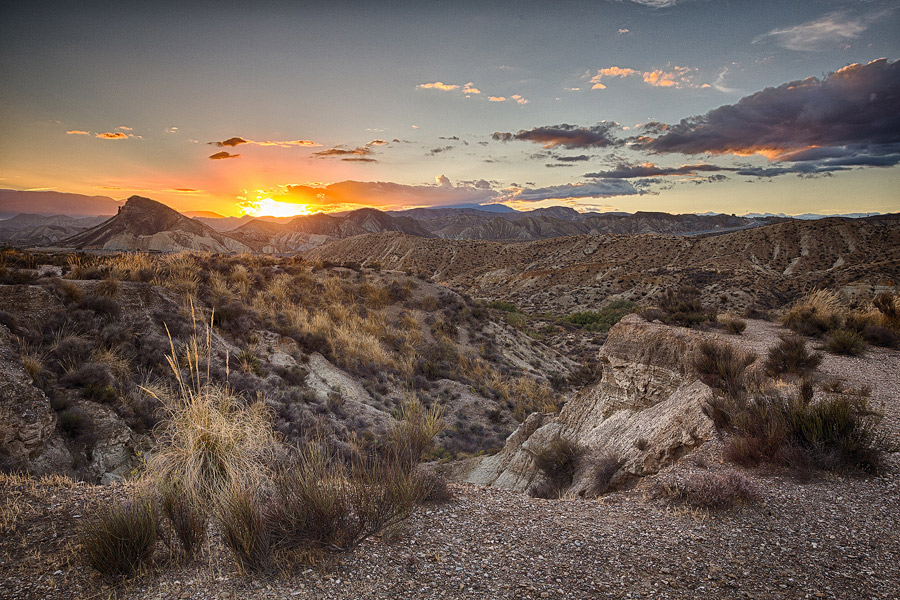Wolfe Creek is a meteorite crater located in Western Australia, It is accessed via the Tanami Road, 105 km south of the town of Halls Creek. The crater is located in the centre of the Wolfe Creek Meteorite Crater National Park. The crater is approximately 875 metres in diameter and 60 metres deep.Seeing the crater rim is a must – it is a 200 metre return hike to the top of the crater rim, which involves a steep rocky climb. Descending into the crater is not allowed because the steep terrain and loose rocks make it dangerous.
This is the second largest meteorite crater on Earth. The crest of the crater is about 35 meters above the surrounding sand plain. The outer edges have a gradual slope of 15 degrees, but the much steeper inner walls fall at an angle of about 50 degrees.
The crater is known as Janyil in Jaru and as Karntimarlarl in Walmajarri. Traditional owners believe that this circular crater was formed when a giant mythological serpent lifted its head off the ground long ago at the time of creation. Aboriginal people understand that many natural features, such as rivers and streams, are the traces left by giant ancestral snakes that once made their way across the desert. Scientists believe Wolfe Creek was formed by a meteorite impact as early as 300,000 years ago. he crater is located south of Halls Creek along the Tanami Road in flat, arid country. The access road to Wolfe Creek Crater passes through Carranya Station and is an undulating unpaved road through Carranya Station. Scenic flights over the crater can be booked at Halls Creek with Northwest Regional Airlines.


